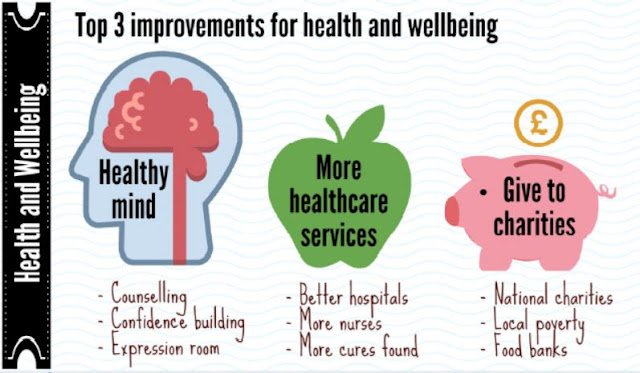This has been particularly relevant as we move towards new assessments of pupils achieving an 'expected' standard and how we measure the progress of those pupils who are not likely or able to achieve this. Many of these pupils may be SEN or have significant disadvantage or challenges in their personal circumstances.
A summary follows and for the full report, head to: https://www.gov.uk/government/groups/the-rochford-review
The government is keen that all these pupils have an opportunity to demonstrate what they have achieved at school and that their parents receive meaningful information about how well their children are doing compared to their peers and how much progress they are making over time. It is also important that schools are held to account for ensuring these pupils make progress so that schools receive credit for the good work they do and support can be put in place where improvement is required.
The review felt strongly about the importance of using appropriate and positive language when referring to pupils working below the standard of national curriculum tests. This was an important consideration in the naming of the additional standards, which will be referred to as Interim Pre-Key Stage Standards.
Each standard within the interim pre-key stage standards is named individually in a similar way to the standards in the published interim teacher assessment frameworks. The standards shown in italics below are the published interim teacher assessment framework standards. The standards in bold are the new, interim pre-key stage standards.
Interim Pre-KS1 standards for English reading, English writing and mathematics
Working at greater depth at the expected standard
Working at the expected standard
Working towards the expected standard
Foundations for the expected standard
Interim Pre-KS2 standards English reading, writing and mathematics
Working at greater depth at the expected standard (writing only)
Working at the expected standard
Working towards the expected standard (writing only)
Growing development of the expected standard
Early development of the expected standard
Foundations for the expected standard

















































